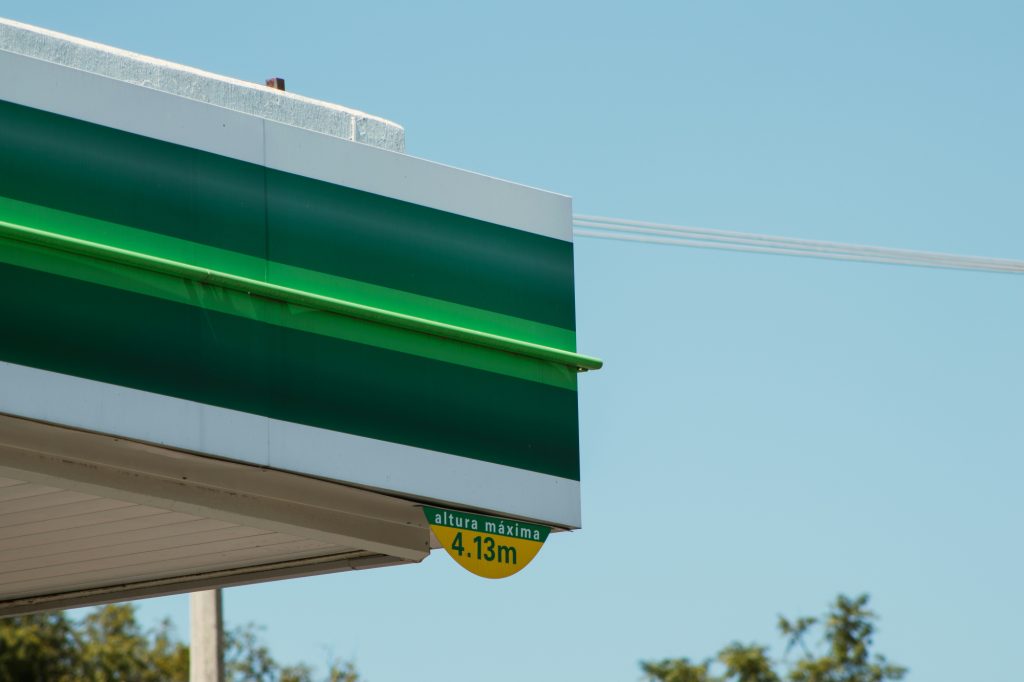The advantages and benefits offered by digitisation are increasingly demanded by citizens, businesses and governmental entities alike.
Electrical equipment manufacturers and installers are the most likely to improve the sustainability of the sector through the use of digital solutions.
The construction sector has been largely responsible for the economic development that propelled the Spanish state from its precarious position in the middle of the last century to its current economic status. Such is its importance that it currently accounts for around 12.5% of the country’s GDP and employs more than 1.3 million people.
However, despite having the necessary resources, human capital and incentives to carry out the necessary transformation towards a more digital, sustainable and efficient sector that is already taking place in other countries, the reality is that the construction sector is one of the least digitised.
Thus, according to the Digital Economy and Society Index, a scoreboard that measures the progress and level of digital competitiveness of the European Union of each of the countries across five areas, the construction sector in Spain ranks eleventh in Europe.
Delay in digitisation means loss of competitiveness
This is a reality that causes two major problems at the macro level. On the one hand, society is deprived of the benefits of more digitalised construction, ranging from a reduction in pollutant emissions to greater energy savings, not forgetting, above all, higher quality projects.
On the other hand, and most worryingly for the sector itself, it is less competitive and profitable. Proof of this is that, although the economy has grown at an average rate of 2.8 % since the last crisis in 2008, the construction sector has barely increased at a rate of 1 %, which shows the backwardness of a sector that is vital for the Spanish economy.
Digital solutions provide tools and methodologies that affect and improve every aspect of the sector. New data sources, digital technologies, methodologies and digital tools put it in the hands of any company that implements them to increase its performance, efficiency and productivity.
A series of competitive and strategic advantages gained through innovation, which are also key to adapting to a society that has already embarked on its own transformation. And when we talk about the transformation of society, we are not just talking about the fact that they now have a smartphone in their pockets or that they use the internet more hours or for more tasks than before; but that their consumption habits and trends, their demands on the sector and their life aspirations have changed completely.
Citizens no longer just want to live in large, solidly built and well-located homes. They now demand sustainable homes that have been built with as little impact on the environment as possible. Efficient, where every watt of energy consumed serves a purpose and is not wasted in an inefficient system. Personalised, where their voice has been given weight during the design and construction process so that their home responds to their intrinsic needs, and they are not the ones who have to adapt to it.
Moreover, these demands not only affect their homes, but also their work and leisure centres, the infrastructures that surround them and, in short, their entire world. A world built by a construction sector that has to take a great leap forward if it wants to make history.
Digitisation of electrical equipment, the first step towards sustainable construction
Among all the sectors that make up the construction industry, those that can most rely on the use of digital solutions in order to increase both their sustainability and that of their projects, and respond to the current demands of consumers and users, are all those related to electrical equipment.
Electricity management is perhaps the most important issue to address when developing an energy efficient project. Thus, the digitisation of electrical companies through the use of software for electricians has impacted the performance of their processes and productivity, regardless of the size or number of employees of the electrical installation company.
From the use of ERP software and all the programmes and solutions it offers to the electrical installer, to the prescription and installation of digital solutions that help to manage the energy used in homes more efficiently, its weight in reducing energy consumption and increasing the efficiency with which electricity is used in projects by customers and end users is key.
Advantages of digitising an installation company or manufacturer of electrical material
Thanks to technological advances, the connectivity and cloud-based applications, as well as the use of social media and e-commerce websites, electrical installers and installation companies will see an increase in productivity and more green numbers on their bottom line.
Generally, digitising an electrical company is a technical and complex process that requires a lot of time and dedication, but it allows companies to find ways to make their work more efficient, adjusting their number of orders and trips, which will also reduce the carbon footprint of their work and give them competitive advantages.
Tools such as ERP allow the user to work from anywhere, at any time, with the latest technology without the need to invest in software and servers. Using new tools and specialised management programmes in the electrical sector allows for greater productivity, organisation and time management in each task and, ultimately, greater efficiency in electrical installation work.
In turn, manufacturing companies, whatever the sector, by their intrinsic characteristics, are among those that have the greatest impact on the environment. A total digital transformation will allow them to increase their energy efficiency in three different ways.
On the one hand, by optimising all internal processes, collecting data, analysing them and obtaining information on how to improve them, attacking redundant areas and automating those areas that only require routine work and where human staff are less well employed.
On the other hand, by doing the same in their production chain, companies will not only reduce their operating costs, but will be able to extend the lifetime of their machinery, reduce maintenance and, not least, find ways to make it more effective. All of these objectives will result in cost reductions that may well improve your bottom line and/or offer more competitive prices in the market.
Finally, this optimisation of processes and the supply chain results in lower energy consumption. In a context such as the current one, where we are immersed in an energy crisis, this will bring direct benefits such as a reduction in electricity bills, as well as indirect benefits by reducing the carbon footprint needed to design, manufacture and develop their products.

